 Price is only one cost related to buying a home. Unless you are paying all cash for your home, you’ll need a mortgage loan. Rates are going up, and the terms of your mortgage loan will impact how much your home costs on a monthly basis as well as how much you pay in interest over the life of the loan.
Price is only one cost related to buying a home. Unless you are paying all cash for your home, you’ll need a mortgage loan. Rates are going up, and the terms of your mortgage loan will impact how much your home costs on a monthly basis as well as how much you pay in interest over the life of the loan.
There are a number of things that impact the interest rate including the kind of loan you are getting such as FHA, jumbo or conventional, whether your rate is fixed or adjustable, how good your credit scores are, and how much money you are putting down so that the lender can lend you less money.
 The best way to lower the borrowing costs of your loan is to have your credit in pristine condition. Lenders are requiring credit scores of at least 700 to obtain the best rates, and in some cases, higher scores are needed. In other words, the loan rate that you see advertised may not apply to you and your situation.
The best way to lower the borrowing costs of your loan is to have your credit in pristine condition. Lenders are requiring credit scores of at least 700 to obtain the best rates, and in some cases, higher scores are needed. In other words, the loan rate that you see advertised may not apply to you and your situation.
Jumbo loans for upscale homes are above normal qualifying limits, so their rates are higher.
Conventional loans require 20% down as payment from the borrower, while FHA and VA loans require less, but they may cost more in other ways. For example, FHA loans require private mortgage insurance, and they have more exacting requirements for the condition of the home.
Loans with less than 20% down cost more than loans with 20% or more down. That’s because the lender is assured that the borrower is less likely to walk away from a large cash investment. If you put less than 20% down, you may have to obtain mortgage insurance with the loan, so that the lender is paid in case of a default. Your mortgage insurance should end when you’ve been in your home for at least five years or if home values have risen giving you approximately 22 percent equity.
First, choose a fixed rate or an adjustable rate. If you plan to be in your home less than three to five years, an adjustable rate might be preferable, but if you aren’t certain, a fixed rate is better.
 The most expensive loan is a 30-year fixed rate mortgage, but the advantage is that the cost of your loan won’t go up, because the rate is secure, although you may pay more as time goes on for property taxes and hazard insurance. If you want a shorter term, your rate will go down and you won’t pay as much in interest, but your monthly payment will be higher. However, more of your payment will go to reducing principle in a shorter term loan.
The most expensive loan is a 30-year fixed rate mortgage, but the advantage is that the cost of your loan won’t go up, because the rate is secure, although you may pay more as time goes on for property taxes and hazard insurance. If you want a shorter term, your rate will go down and you won’t pay as much in interest, but your monthly payment will be higher. However, more of your payment will go to reducing principle in a shorter term loan.
If you can qualify for a $360,000 home at 5%, your P & I (payment and interest) would be $1,933. But when interest rates fall, you can afford “more house.” At 4%, you could qualify for a $400,000 home and your P& I would be $1,910.
Mortgage interest rates are likely to move higher. The long-term mortgage rate generally gets its cue from the 10-year Treasury borrowing rate, because most mortgages get retired within 10 years from people moving to buy a new home or because of refinancing. The 30-year Treasury has already started to move up, and the 30-year mortgage rate will soon follow the upward trend.
It’s better to buy a home and let it lose a little value that can come back later, than to pay more for an interest rate that can’t be lowered.
Originally posted at: Lafayette Real Estate News

Leave a Reply